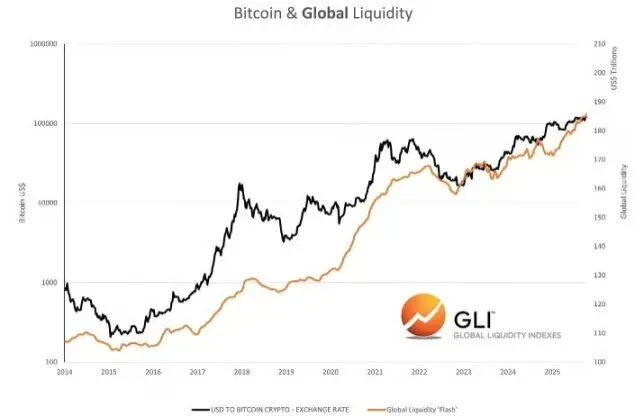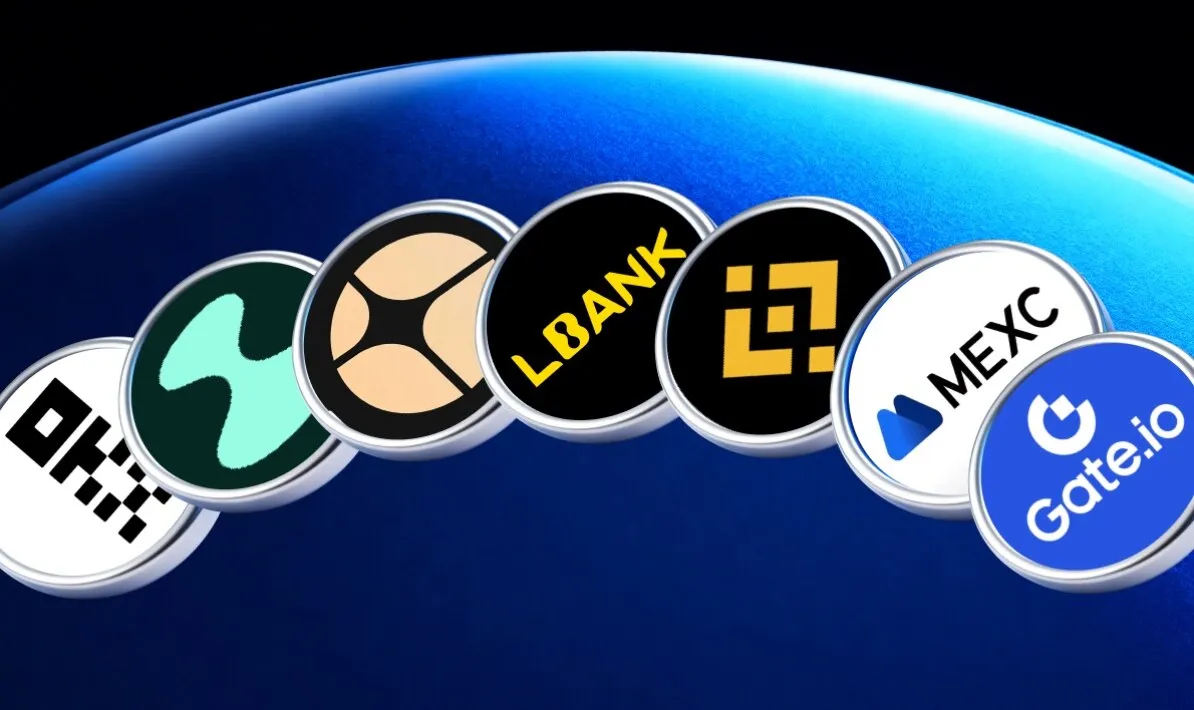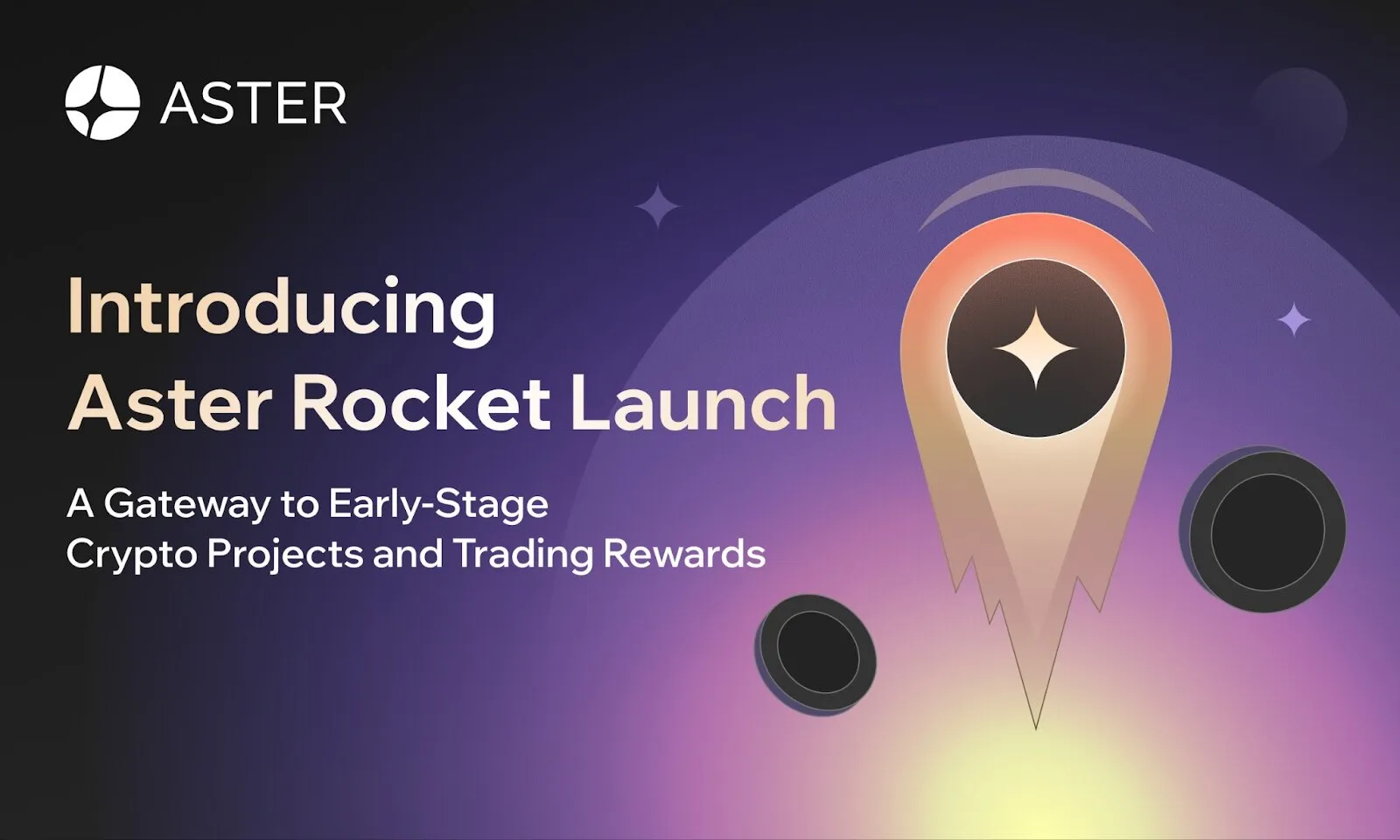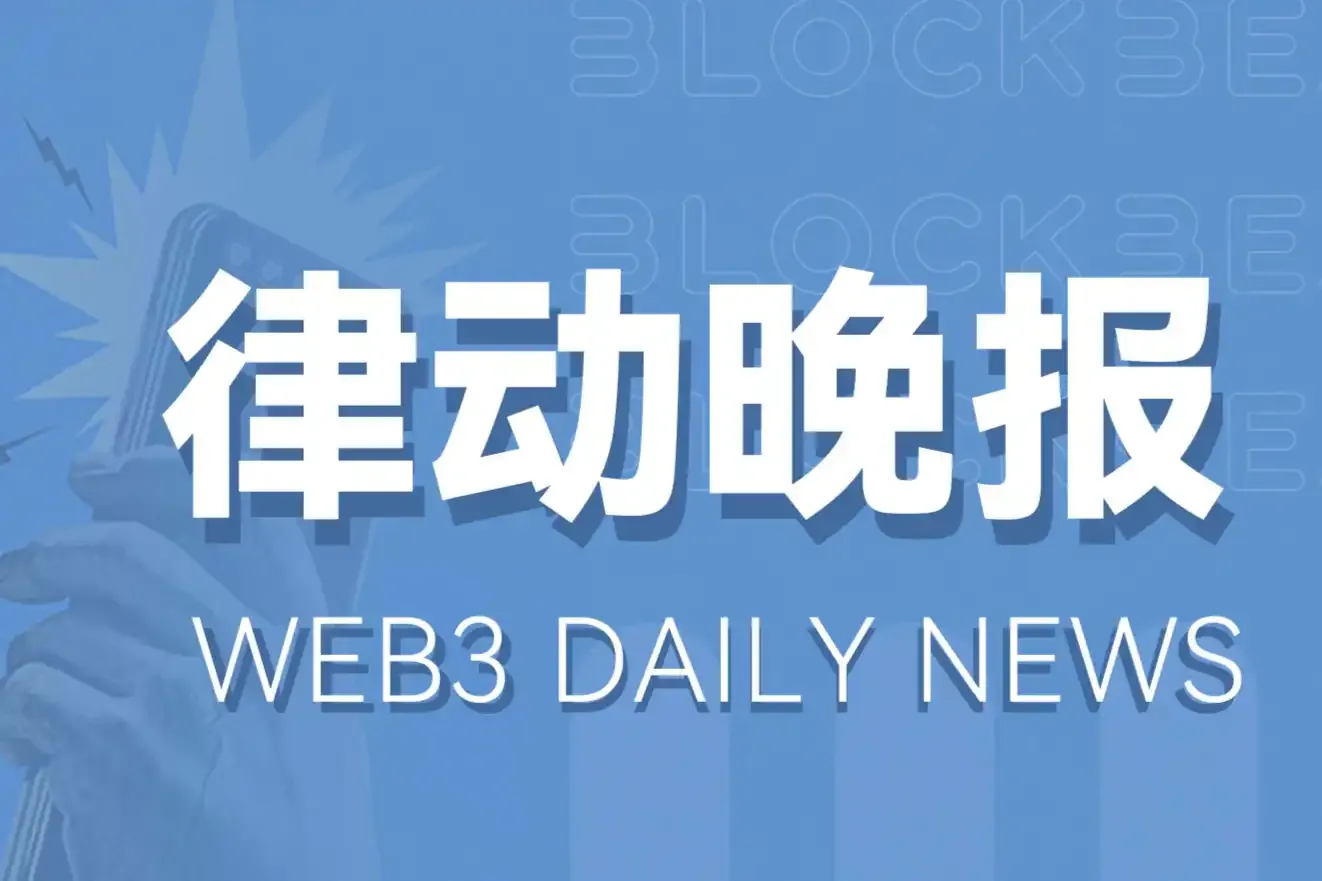Written by: Yokiiiya
In the past few months, with the implementation of the U.S. GENIUS Act, more and more people have entered the stablecoin space.
I have seen many new faces—practitioners jumping from traditional financial institutions, entrepreneurs transitioning from the payment sector, as well as newly minted fund managers and developers.
At the same time, I attended Bitcoin Asia in Hong Kong and Token2049 in Singapore, experiencing firsthand the collision of energies between the crypto world, payment sector, real economy, and traditional finance. It was a fascinating scene.
You will find that digital finance is shifting from "speculative narratives" to "trust reconstruction."
1. Why have stablecoins suddenly become the "gateway to consensus"?
Behind this is the dual catalysis of regulation and capital.
On one hand, the U.S. GENIUS Act has established a national framework for stablecoins for the first time: requiring 1:1 custody and auditing of reserve assets, prohibiting interest payments, and clearly stating that foreign stablecoins must meet the same transparency standards to enter the U.S. market. This has turned "compliance" from an elective into a core requirement.
At the same time, the Bank of England (BoE) has also stated that it will not lift usage limits until it confirms that stablecoins do not threaten financial stability; it plans to establish a "qualified stablecoin issuer" system—making issuers more like "mini-banks," responsible for reserves, auditing, and regulatory compliance. Looking further up, the G20 Financial Stability Board (FSB) pointed out in its October report:
"There are still significant gaps in global stablecoin regulation, with inconsistent standards across countries and expanding cross-border risks."
This means that stablecoins are no longer underground innovations but a new layer of currency that global regulators are competing to define.
Their risks are becoming visible, and their legitimacy is being established.
The Three Circles are Accelerating Integration
The most noticeable change in recent months is that the energies of the crypto world, payment sector, and real economy are rapidly merging.
In the past, they were like three parallel lines—unable to understand each other;
Now, they are running on the same track, all revolving around one keyword: stablecoins.
Crypto World: From Trading to Clearing
In the past, stablecoins were merely a "unit of account" in the crypto world; now they have become "funding infrastructure." Public chains like BNB Chain, Tron, and Solana are competing to build cross-chain clearing channels, Tether has shifted its focus from issuance to circulation and reserve management, and even Coinbase is actively promoting USDC, working with Circle to push for a "on-chain dollar standard."
At the same time, a new architecture centered around "clearing networks" is emerging, such as the BPN (Bridge Payment Network). It acts like a "routing protocol for the currency internet," achieving dual-layer clearing and unified liquidity on-chain, allowing stablecoins pegged to different fiat currencies to be exchanged, settled, and transferred in real-time globally.
The narrative in the crypto world is shifting from "coin price" to "clearing layer," which means that stablecoins have upgraded from speculative tools to a new funding operating system.
Payment Sector: From Experimentation to Implementation
Visa is testing stablecoin settlement features in Visa Direct, allowing merchants to prepay cross-border accounts directly with USDC; Stripe (Bridge) has obtained a national trust bank license in the U.S., officially entering the stablecoin payment field; PayPal has launched PYUSD and is gradually opening on-chain payment features in the U.S. and the UK. The entry of these payment giants has transformed stablecoins from "on-chain assets" to "payment interfaces."
Real Economy: From Observation to Integration
In the Web2 world, the Google AP2 team has begun testing "stablecoin + local clearing" in the Asian market;
Platforms like Grab, Shopify, and MercadoLibre are exploring the use of stablecoins to reduce cross-border settlement costs; many export manufacturers are even directly using stablecoins to receive dollar orders, bypassing the high-cost SWIFT channels. For these real economy companies, stablecoins are no longer "coins," but rather efficiency tools for cash flow.
Thus, you can see that more and more banks, payment companies, and asset management institutions are pondering—
"If stablecoins are the future clearing layer, how should we position ourselves in advance?"
The story of stablecoins is no longer just a matter for the crypto world. But to understand their true power, we must return to the initial question—what is stability? And who defines stability?
This article is a systematic summary based on my discussions with countless individuals over the past few months.
I hope you can see through these keywords in one article—stablecoins, RWA, DAT, gold stablecoins (XAUt)—what they are, why they are important, and how they collectively constitute a triple revolution in digital finance.
But before we begin, I want to say one thing:
Concepts are always just the starting point; learning by doing is the true essence.
I have also been rapidly learning in a learn in public manner over these months—from reading reports to practical operations, to being proven wrong, then adjusting and continuing to learn and practice.
So this article is more like a record: documenting the intersections of an industry and the growth of a learner.
2. Are Stablecoins Really Stable? When 1 Dollar ≠ 1 Dollar, What Are We Really Believing In?
On October 11, 2025, on the Binance platform, the so-called third-ranked "algorithmically stable, over-collateralized" USDe stablecoin plummeted from 1 dollar to approximately 0.65 dollars in just a few hours.
CoinDesk reported that the incident triggered a cascade of liquidations amounting to about 1.9 billion dollars; Cointelegraph described it as "one of the largest leveraged liquidations of 2025." The entire market fell into a liquidity panic in just 90 minutes.
Although the price gradually stabilized afterward, market sentiment did not return to its original state—because this decoupling was not just a price fluctuation, but a collective moment of trust collapse.
Are stablecoins really stable?
When 1 dollar ≠ 1 dollar, what are we really believing in?
The original vision of stablecoins was simple—to allow dollars to flow on-chain. It solved an age-old problem: traditional cross-border payments are too slow, too expensive, and too complex. In the blockchain world, you can transfer dollars 24/7, without relying on the banking system, without needing SWIFT, and without being restricted by bank operating hours. This gave "currency" the speed of the internet for the first time.
Three Paths of Stablecoins
Although they are all called "stablecoins," their underlying mechanisms are completely different. They can be roughly divided into three categories.

Today, the dominant trading stablecoins in the market are still the first two types—USDT and USDC.
USDT and USDC: Two Stable Trust Logics
USDT (Tether) is the beginning of stablecoins. It was born in 2014, backed by offshore bank reserves of dollars. Its advantages lie in first-mover advantage and liquidity—it is the main settlement unit for almost all exchanges. However, its risks lie in opacity: Tether has been questioned multiple times regarding the composition of its reserve assets and the lack of audits.
Despite this, it remains the "dollar of the crypto world" because it represents liquidity—the fastest circulating money.
USDC (Circle) represents another path: transparency and compliance. It publishes monthly audit reports, is registered with U.S. regulatory agencies, and has established partnerships with financial institutions like Visa, Stripe, and BlackRock.
Circle's vision is not to "replace the dollar," but to "bring the dollar on-chain and make finance compliant."
USDT and USDC are like the "two poles" of the stablecoin world:
USDT occupies the flow of transactions,
USDC occupies the flow of trust.
The Paradox of Stablecoins: Money Has Moved, But Trust Has Not
The emergence of stablecoins has allowed dollars to escape the banking system for the first time, but it has not truly achieved "decentralization." When a stablecoin claims, "I have 100% dollar reserves," what you need to trust is not the code, but the custodial bank, auditing firm, and issuing entity behind it.
In other words—
Stablecoins are not trustless,
but rather redefine trust.
They shift trust from state credit to corporate credit; from central bank ledgers to blockchain ledgers. Trust has not disappeared; it has merely been redistributed. It is no longer monopolized by the state but supplied by the market.
This is also why the entry of regulators and institutions is seen as the "coming of age" for stablecoins:
The U.S. GENIUS Act: requires 1:1 custody of reserves, prohibits interest payments, and establishes a national regulatory framework;
Bank of England (BoE): establishes a "qualified issuer system," making stablecoins hold reserves like banks;
G20 Financial Stability Board (FSB): for the first time lists "global stablecoins" as a systemic financial issue in its October report.
This is why the entry of regulators and institutions marks a turning point:
Stablecoins are transitioning from "technical experiments" to "financial infrastructure."
And this transformation is far more than just the digitization of the dollar; it is nurturing a new logic:
From "dollar peg" to "asset peg," and then to "hedging peg"—
Stablecoins, RWA, and gold pegs are collectively rewriting the trust structure of the financial system.
Stablecoins make money faster,
RWA makes trust more tangible,
Gold makes value more stable.
Technology has changed the fate of banks,
while trust is still searching for its new home.
3. RWA: Bringing Real-World Credit On-Chain for Use
From Dollar Credit to Asset Credit, Trust Begins to Take Shape
If stablecoins allow "dollars" to flow on-chain, then RWA (Real World Assets) allows "assets" to breathe on-chain.
Stablecoins anchor currency credit, while RWA anchors asset credit. One represents liquidity, the other represents value stock.
When the two combine, the on-chain world finally has a complete financial cycle: stablecoins provide speed, and RWA provides backing.
RWA and Traditional Finance: Not "Disruption," but "Reconstruction"
In fact, what RWA does is not unfamiliar at all. In traditional finance, we already have similar mechanisms: asset custody, bill financing, fund shares, income certificates… essentially transforming "static assets" into more liquid and combinable forms.
The difference is that RWA uses "code logic" rather than "institutional logic."

To give a straightforward example:
In traditional finance, a short-term government bond is a "certificate"—you can only see the yield, not the flow of funds; whereas in the RWA system, the same bond can be "sliced" into tokens, allowing real-time visibility of collateral, income flow, and fund ownership on-chain. Anyone can verify whether it is a "real asset."
This is the core of RWA: making trust calculable.
Why Did RWA Explode This Year?
The concept of RWA was proposed as early as 2019, initially just an experiment within the DeFi community. Over the past few years, it has undergone a phased evolution from "on-chain credit" to "institutional entry." By 2025, RWA finally reached a critical turning point from concept validation to institutional implementation. If DeFi in 2020 was an "algorithmic financial laboratory," then RWA in 2025 is the "reconstruction of asset finance."
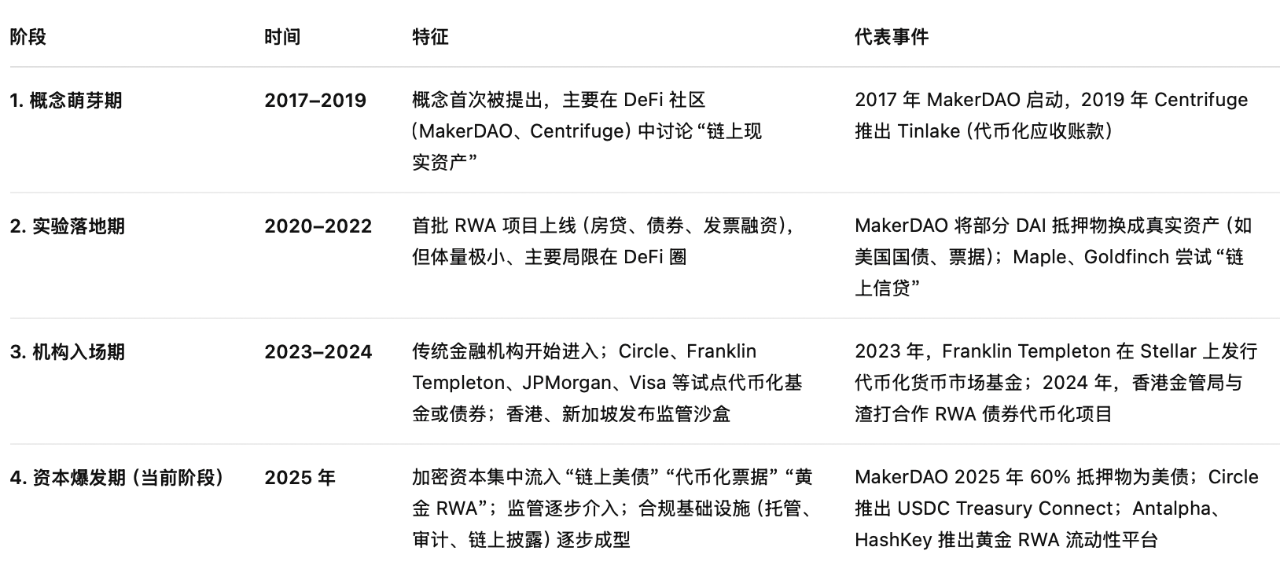
The catalyst actually comes from a change—the era of high interest rates.
The Federal Reserve's long-term maintenance of high interest rates has made "stable yield" dollar assets scarce and expensive. Rather than chasing high-risk returns in DeFi, it is better to hold real assets: U.S. Treasuries, bills, gold, and real estate income rights.
Thus, RWA has become a safe haven for crypto capital. Funds are willing to flow into the real world in exchange for "stable returns with a blockchain touch."
Three Practitioners Reshaping Financial Order
Circle: Bringing U.S. Treasuries On-Chain
Circle, the issuer of USDC, already holds a large amount of short-term U.S. Treasuries. In 2025, it launched USDC Treasury Connect, allowing institutional clients to directly purchase tokenized government bond portfolios on-chain. Stablecoins and RWA began to "cycle" within the same system.
MakerDAO: Enabling DeFi to "Generate Blood" from Real Assets
In the past, MakerDAO's DAI relied entirely on on-chain collateral. Now, over 60% of its collateral assets are U.S. Treasuries and bank bills. This brings in over 5% stable yield annually, becoming the cash flow engine for the entire DAI ecosystem. DeFi is no longer an algorithmic game but a "on-chain government bond fund."
Antalpha: Building RWA Infrastructure and Connecting with the Gold World
Antalpha is not the issuer of XAUT (XAUT is a gold stablecoin issued by Tether). However, it collaborates with Tether Gold to launch the Antalpha RWA Hub, positioned as a "gateway and liquidity hub for gold RWA," focusing on gold custody, acquisition, financing, and liquidity support. This means that traditional gold assets can also be integrated into the blockchain ecosystem, achieving custody, collateralization, and on-chain yield within a compliant framework. This is not speculation but infrastructure development.
Reality Check: RWA is Still in Its Early Stages
The story of RWA sounds grand, but the reality is still "slow to heat up." Liquidity is the biggest bottleneck. Most RWA assets currently circulate only within "custody whitelists" or "restricted accounts," with very few products available for free trading in the secondary market. Issuance ≠ circulation; many "on-chain assets" remain on the ledger and have not formed deep market-making.
Compliance and legal structures are complex. Tokenized assets involve trusts, SPVs, and securities attributes, with varying laws across countries, and cross-border regulation remains a gray area. Many institutions, even if technically capable, choose to wait and see for now.
Traditional financial capital enters slowly. Banks, insurance companies, and sovereign funds are researching, but the proportion of those truly "putting assets on-chain" is very low. They are more concerned about safety, auditing, and solvency.
In other words—RWA now resembles "an early experiment observed by institutions." The direction is correct, but there is still a long way to go before achieving true "circulation and application."
Chinese Regulatory Signal: Suspension, Not Denial
In September 2025, media reported that Chinese regulatory authorities informally suggested that some mainland brokerages suspend their RWA tokenization business in Hong Kong. This is not a "ban," but a "risk retrospective" from the regulatory level.
The reasons mainly lie in three areas:
Asset Authenticity: Concerns about whether the underlying assets truly exist and whether ownership can be verified;
Cross-Border Flow Risks: RWA tokens may bypass capital controls;
Regulatory Framework Not Yet Defined: Before unified rules are issued, regulators prefer to "suspend first, then assess."
In the short term, this has cooled the RWA market in Hong Kong. But in the long term, it is clearing the way for the institutionalization of RWA.
After all, without clear regulation and risk control, RWA can easily transform from "real assets" into "on-chain shadow banking."
Summary: RWA is the Direction, but Not Yet at the Finish Line
The value of RWA lies in making assets "transparent, verifiable, and programmable." But a true financial revolution requires two layers of power: one from code and one from regulation.
When the two finally align, perhaps we can welcome that true moment—real-world assets flowing freely on-chain.
RWA and DAT: Two Paths to Integration
The story of RWA tells us: traditional finance has not been "replaced" by blockchain, but is being reorganized.
On the other hand, the blockchain world is also actively approaching traditional finance. Once real assets are on-chain, new questions arise—can these digital assets, in turn, enter the traditional financial system? Can they be included in corporate balance sheets, incorporated into investment portfolios, or even formally recognized by regulatory agencies?
The answer is DAT (Digital Asset Tokenization).
If RWA is about bringing traditional assets on-chain, then DAT is about bringing digital assets into the balance sheet. One allows "the real world to enter blockchain"; the other allows "blockchain to enter the real world."
RWA is "the on-chain outlet for traditional finance"; DAT is "the regulatory entry for the crypto world."
When these two channels converge in the middle, the relationship between the crypto world and traditional finance is transforming from "parallel universes" to "mutually embedded."
RWA brings traditional assets on-chain,
DAT brings digital currencies into the balance sheet.
This is the true starting point of the integration of digital finance.
4. DAT: Making Assets Truly "Liquid"
From On-Chain to Tokenization, the Next Step for RWA
RWA has brought real assets "on-chain," but going on-chain is just the beginning. The real revolution is not "minting," but "circulation."
In the past few years, countless RWA projects have issued bonds, funds, and bills on-chain, yet very few have been truly traded.
The reason is simple—there is no unified clearing logic, and there is a lack of institutional liquidity support. In other words, RWA has solved the "certification problem," but has not yet addressed the "utilization problem."
Thus, a new concept has emerged: DAT (Digital Asset Tokenization). It is not just "assets on-chain," but the process of digital assets being formally accepted by the mainstream financial system. RWA solves the "certification problem," while DAT addresses the "balance sheet problem."
RWA brings real assets onto the chain, making assets visible.
DAT allows digital assets to enter traditional finance, enabling asset utilization.
The former is asset digitization, while the latter is digital asset institutionalization.
United States: From Corporate Experiment to National-Level System
The starting point of DAT is not in the crypto world, but in corporations. The world's first experiment to institutionalize "digital assets" actually comes from a publicly traded company. MicroStrategy (MSTR) began directly allocating Bitcoin using its corporate balance sheet in 2021, and by 2025, it was no longer a traditional software company but a "semi-digital reserve institution." Within the traditional accounting system, it opened up a position for digital assets as "reserve assets."
MSTR's model has become a DAT corporate sample:
Incorporating digital assets into the company's financial system;
Issuing bonds and derivatives backed by Bitcoin;
Disclosing holdings to the capital market with on-chain reserve proof.
Its attempt heralds the arrival of a new phase:
Digital assets are no longer just "on-chain accounting units,"
but are regarded as quantifiable, disclosable, and regulatable reserve assets.
In 2025, the U.S. officially established a regulatory framework for DAT—this year is widely regarded as the Year of DAT.
The Clarity Act
Clearly categorizes Bitcoin, Ethereum, Solana, and other mainstream tokens as "digital commodities," regulated by the Commodity Futures Trading Commission (CFTC). However, only Bitcoin has obtained the status of "strategic underlying asset."
Executive Order on Establishing Strategic Bitcoin Reserves and U.S. Digital Asset Reserves
The Treasury Department established a special account for "strategic Bitcoin reserves" for the first time, officially incorporating Bitcoin into the national asset system, establishing its regulatory status as "commodity-like, non-security."
New Nasdaq Regulations in September 2025
Require listed companies that issue new shares to raise funds for purchasing crypto assets to obtain shareholder approval; if holding tokens that have not yet received core exemptions (such as ETH, SOL), they may face asset impairment, regulatory penalties, or trading restrictions.
These three initiatives collectively define the boundaries of DAT:
Bitcoin is the "core reserve layer,"
other tokens are the "experimental layer" or "digital commodities."
DAT is not a decentralized carnival, but an institutional screening, providing a path for these assets to be compliant, auditable, and enter the balance sheet.
This process of institutionalization has led to a collective entry of Wall Street funds: from Bitcoin ETFs to tokenized government bonds, and to corporate digital reserves, DAT is becoming the "legitimate intermediary layer" between traditional finance and the crypto world.
Asian Observations: Bridging, Not Replacing
Asia's exploration of DAT leans more towards "bridging." Its core issue is not "whether to tokenize," but "how to tokenize within a compliant framework."
In Hong Kong, the Securities and Futures Commission (SFC) launched a pilot program for tokenized bonds and funds starting in 2024. Institutions like HSBC, UBS, and ICBC Asia have issued tokenized bills on-chain, attempting to complete the entire process of issuance, settlement, and custody using blockchain. However, regulation remains cautious. In September 2025, mainland regulatory authorities informally suggested that some brokerages suspend their RWA and tokenization businesses in Hong Kong, intending to "assess cross-border risks before promoting." This is not a denial, but a form of regulatory stress testing: first ensuring that the underlying assets, cash flows, and jurisdictions can be effectively verified before moving forward.
In Singapore, the Monetary Authority of Singapore (MAS) has entered the second phase of Project Guardian. Institutions such as Citibank, JPMorgan, and BlackRock are testing how to unify the clearing of bonds, funds, and stablecoins within a compliant environment.
The logic of Asian regulators is:
There is no rush to define "which types of assets are legal,"
but rather to first establish a framework that allows "different assets to circulate legally."
This approach has opened two doors for both Hong Kong and Singapore—one is an innovation window for traditional financial institutions, and the other is a legitimate channel for digital assets to enter mainstream markets.
The common feature of these explorations is:
DAT is no longer "a game for on-chain people,"
but a systematic experiment involving financial institutions and regulatory bodies.
At the same time, they face the same real-world dilemmas—fragmented standards, varying legal applicability, and continued restrictions on cross-border flows. Many institutions can "test," but they are still hesitant to "use."
The Real Significance of DAT: A Triple Bridge of Institutions, Liquidity, and Trust
The core value of DAT lies not in the term "tokenization," but in its first opportunity to merge three financial systems:
The compliance account logic of the banking system
The transparent ledger logic of blockchain
The asset pricing logic of capital markets
In the past, they operated independently; now they are forced to collaborate. RWA makes assets visible, while DAT makes assets usable. One is a revolution in rights confirmation, and the other is a revolution in institutions.
When the two overlap, the structure of the financial system begins to loosen. You will find that Bitcoin is included in national reserves, U.S. Treasuries are tokenized on-chain, and banks are starting to test on-chain settlement systems.
These are not isolated innovations but different annotations of the same trend: the financial order is being rearranged.
When Finance Moves from "On-Chain" to "Trust"
Looking back over the past five years, stablecoins, RWA, and DAT actually form a progressive evolutionary chain. From the initial "putting money on-chain," to later "putting assets on-chain," and now "putting assets into the balance sheet," each step answers the same question—how do we rebuild trust on a borderless network?
However, this question has yet to be fully answered. Whether it is the reserve trust of stablecoins, the compliance trust of RWA, or the institutional trust of DAT, they all still rely on some form of "centralized guarantee."
After the recent decoupling incident, more and more people are beginning to rethink: should we return to the oldest, simplest, and most solid anchor point—gold.
Stablecoins, RWA, DAT, and Gold Stablecoins: Four Stages of Digital Finance

From the comparison above, we can see:
Stablecoins address the "liquidity problem of money";
RWA addresses the "rights confirmation and mapping problem of assets";
DAT addresses the "institutional and compliance problem";
And gold stablecoins attempt to solve the "ultimate trust problem."
These four together constitute the four levels of digital finance:
From currency anchor → asset anchor → institutional anchor → trust anchor,
the financial order is being redefined.
At the end of the "trust anchor," we return to the oldest answer—gold.
5. Gold Stablecoins: From Dollar Anchor to Gold Anchor, the Path of Trust's Return
If stablecoins anchor currency credit, RWA anchors asset credit, and DAT anchors institutional credit, then gold stablecoins (such as XAU₮ and PAXG) anchor the oldest and most stable trust of humanity over thousands of years—scarcity and tangibility.
Gold: From Gold Bars to "Liquid Code"
The charm of gold lies in its default-free nature. There are no central banks, no algorithms, and no sovereign risks. In a time of frequent monetary turmoil, gold is being re-digitized, making "hedging" programmable.
Gold-backed stablecoins are tokens issued on-chain that are equivalent to real-world gold held in vaults. 1 token = 1 ounce of physical gold, and holders can transfer, trade, or redeem at any time.
It transforms gold from a "static reserve asset,"
into "digitally liquid gold that can be settled in real-time."
Code Trust vs. Physical Trust
During the decoupling turmoil on October 11, algorithmic stablecoins like USDE experienced severe volatility, with billions of dollars in positions being liquidated, causing panic in the market. Meanwhile, gold stablecoins (XAU₮, PAXG) maintained stable prices, even slightly increasing, becoming a temporary haven for funds.
This was a "trust stress test": code can fail, algorithms can collapse, but the scarcity and verifiability of physical assets constitute a second layer of trust.
Unlike dollar reserves or algorithmic models, the anchor point of gold stablecoins is visible physical assets. Every ounce of gold can be audited and redeemed, making it the "only tangible underlying asset" in the trust system of the crypto world.
The Networked Global Vault
Data disclosed by Tether shows that the gold reserves of XAU₮ are fully held in Swiss vaults, with plans to establish vault nodes in Hong Kong, Singapore, and Dubai. This means that gold stablecoins are moving from "on-chain mapping" to "physical networking."
Gold is reconstructing the global reserve landscape, becoming a physical fulcrum of cross-system trust.
From Single Anchor to Multiple Anchors
This change has also sparked deep reflection within the crypto community: in the past, everyone only trusted the "dollar anchor," but now stability no longer equals the dollar. Thus, a new stable system is emerging:

This "multi-anchor system" is transitioning the financial system from single-point trust to distributed trust.
Gold stablecoins are not negating the dollar anchor; rather, they are filling a missing piece in the financial system.
Stablecoins put currency on-chain,
RWA puts assets on-chain,
DAT puts institutions on-chain,
and gold stablecoins—put trust on-chain.
In an era where trust is being pulled by algorithms, regulations, and capital, perhaps true stability still comes from those things that can be "seen."
The return of gold is not retro, but a rebalancing—reconnecting humanity's trust logic over thousands of years with the digital world.
6. Learning in Intersections, Moving Forward in Integration
As I write this, I am increasingly convinced of one thing: the crypto world and traditional finance will ultimately not be two opposing systems.
One represents innovation and speed, while the other represents order and stability. Their relationship is not "who replaces whom," but "who completes whom."
In the past few months, I have met regulators, developers, traders, and corporate managers, as well as factory owners, payment companies, and cross-border e-commerce operators. They are all entering the same topic in different ways: how to make funds flow more efficiently.
RWA puts assets on-chain, DAT puts institutions into the balance sheet, and gold stablecoins bring trust back. These are not isolated concepts but a systemic integration—from rules to technology, from assets to trust, each step is blurring the boundaries between the two worlds. What we are witnessing is not just the evolution of finance, but a reconstruction of the "trust system." This is the integration of two worlds—one top-down, moving from rules to innovation; the other bottom-up, moving from experimentation to institutions. What is interwoven is not technology, but the logic of trust.
The true future is neither decentralization nor re-centralization,
but interweaving and integration.
I still believe in that saying:
Concepts are always just the starting point; learning through doing is the true essence.
This article is not a conclusion, but a process. I am still learning in public—recording in change, moving forward in intersections.
免责声明:本文章仅代表作者个人观点,不代表本平台的立场和观点。本文章仅供信息分享,不构成对任何人的任何投资建议。用户与作者之间的任何争议,与本平台无关。如网页中刊载的文章或图片涉及侵权,请提供相关的权利证明和身份证明发送邮件到support@aicoin.com,本平台相关工作人员将会进行核查。
